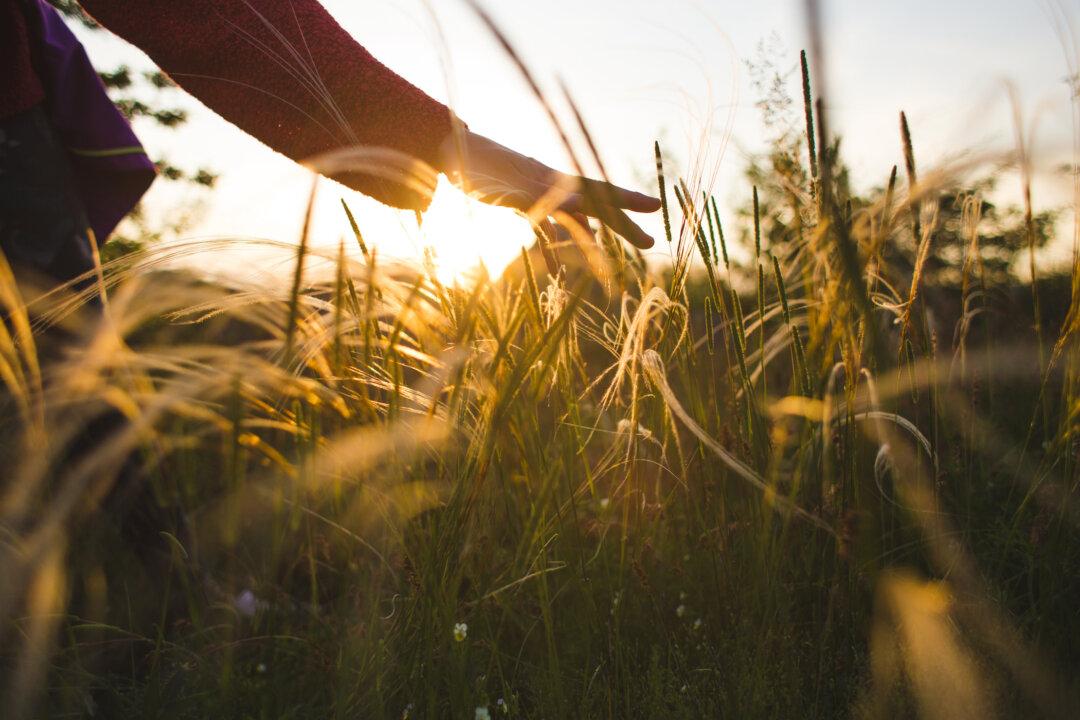This past weekend I spent a whole day walking in the woods and flowering trees at my local arboretum. Many of the wildflowers were in bloom and the marsh marigolds were bright yellow and poking through the cattails.
As a practitioner of Chinese medicine, I tend to look at the world a little differently than most. When I look at people, things like their appearance, the sparkle in their eyes, or the condition of their skin all have meaning to me diagnostically. This is also true when I walk through the woods and fields here in Minnesota. Beyond their beauty, many of the plants that I see have healing properties, which adds another dimension to what I’m seeing.





